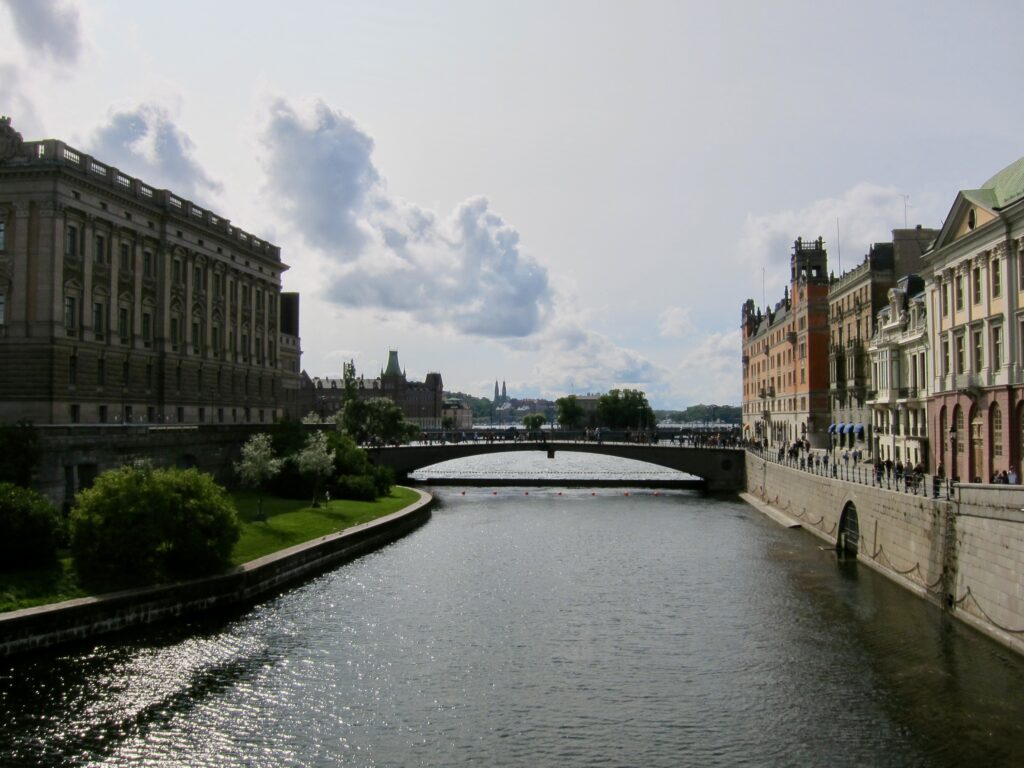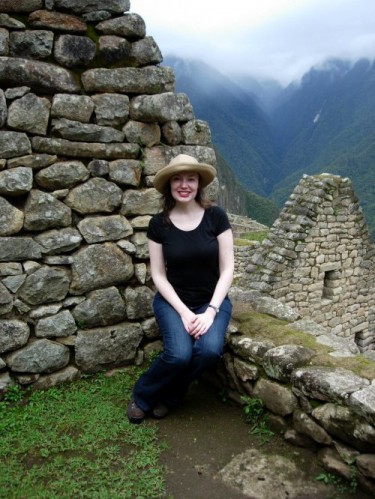
I’ve written about traveling with celiac disease for years, and the question I get most often is this: How do you eat out safely when you don’t speak the language? There are plenty of issues that can come up when you travel, but not being able to properly communicate your dietary needs is a thorny one. This question kept me awake nights after I was diagnosed: I wanted to visit new places, but I was terrified of accidentally getting glutened. (I’m not one of those celiacs who never exhibited symptoms. If I accidentally injest gluten, I get very sick.)
What I know now is that it’s possible to travel safely when you don’t speak the local tongue, but it does take work. Being completely honest, some destinations are easier than others. For example, I don’t speak any Swedish (except to say hej and tack), but my visit to Stockholm was one of the safest trips I’ve ever taken. That was because so many locals speak English and because celiac awareness seemed universal. (In Sweden, McDonald’s offers gluten-free Big Macs.) But that was a rare exception: most of my trips have required a lot of advance preparation.
I want to show you how I prepare for a trip. Since I’m going to Greece soon, I thought it would make a good test case. I don’t speak a word of Greek (yet), so where do I begin my research?




